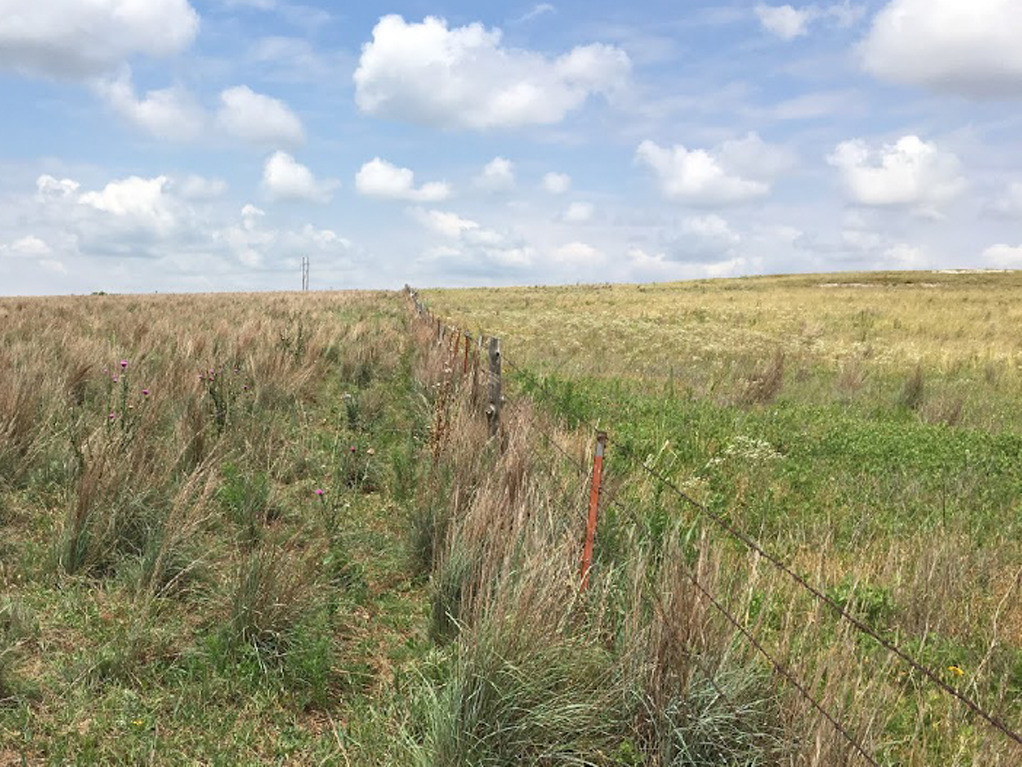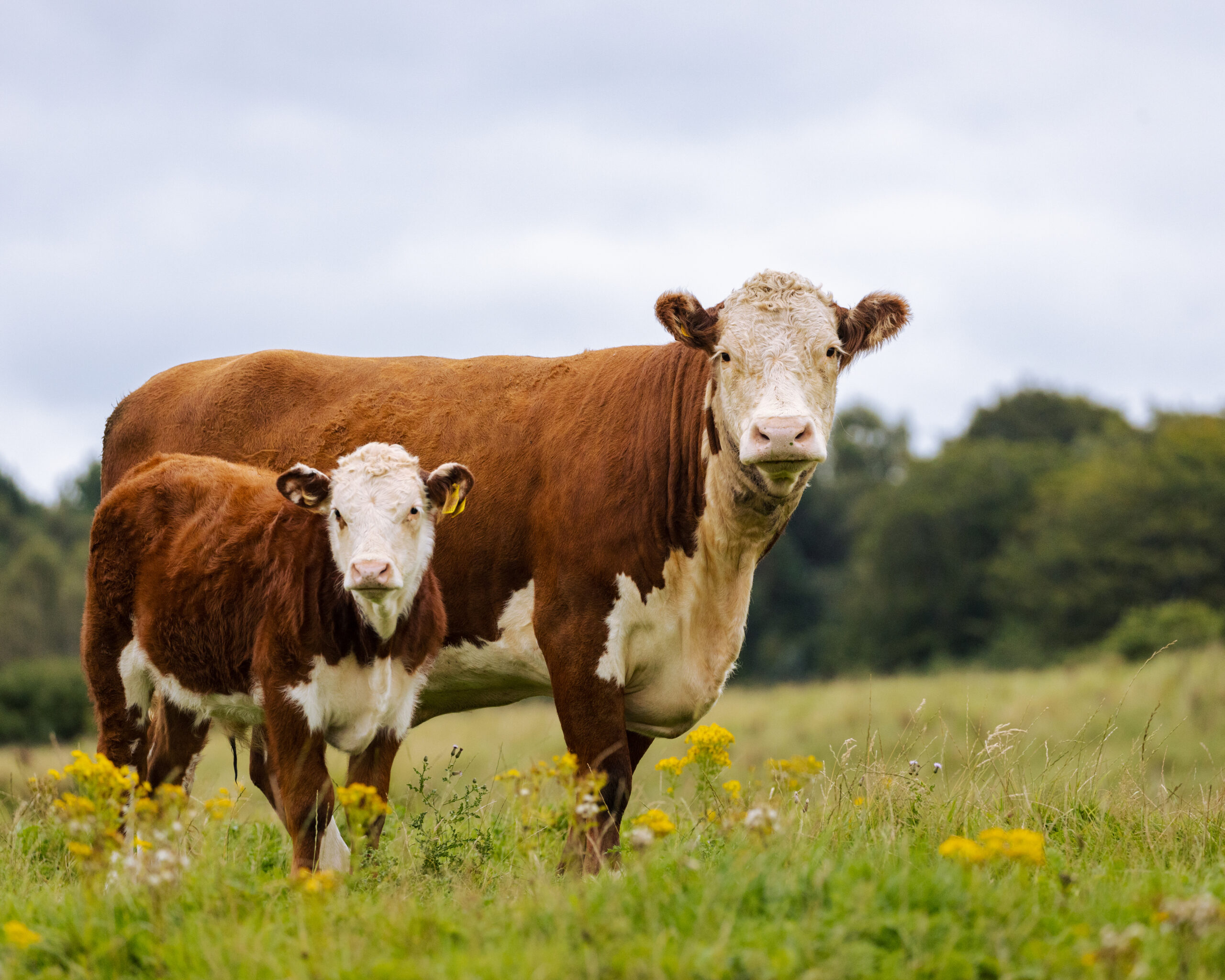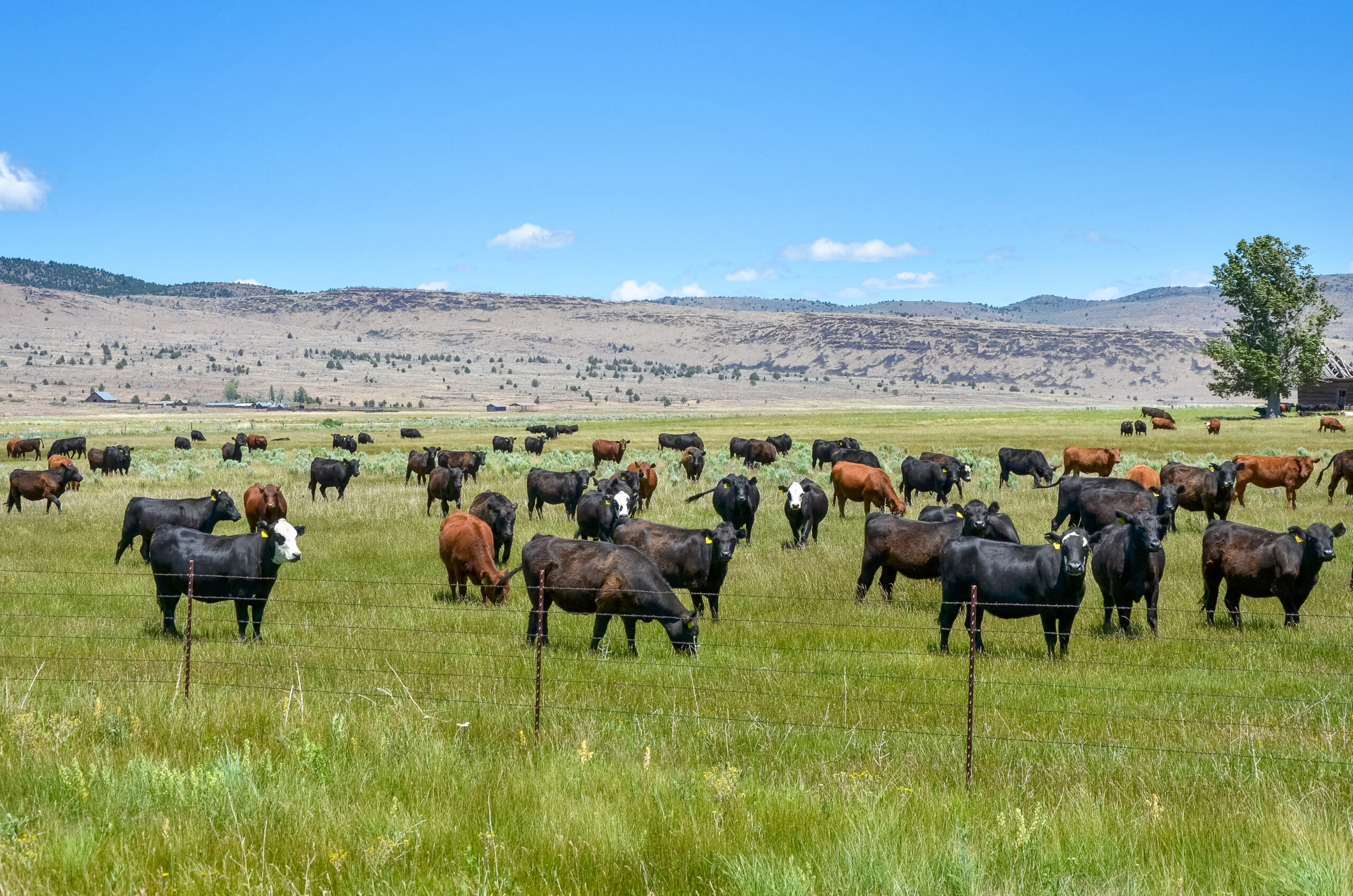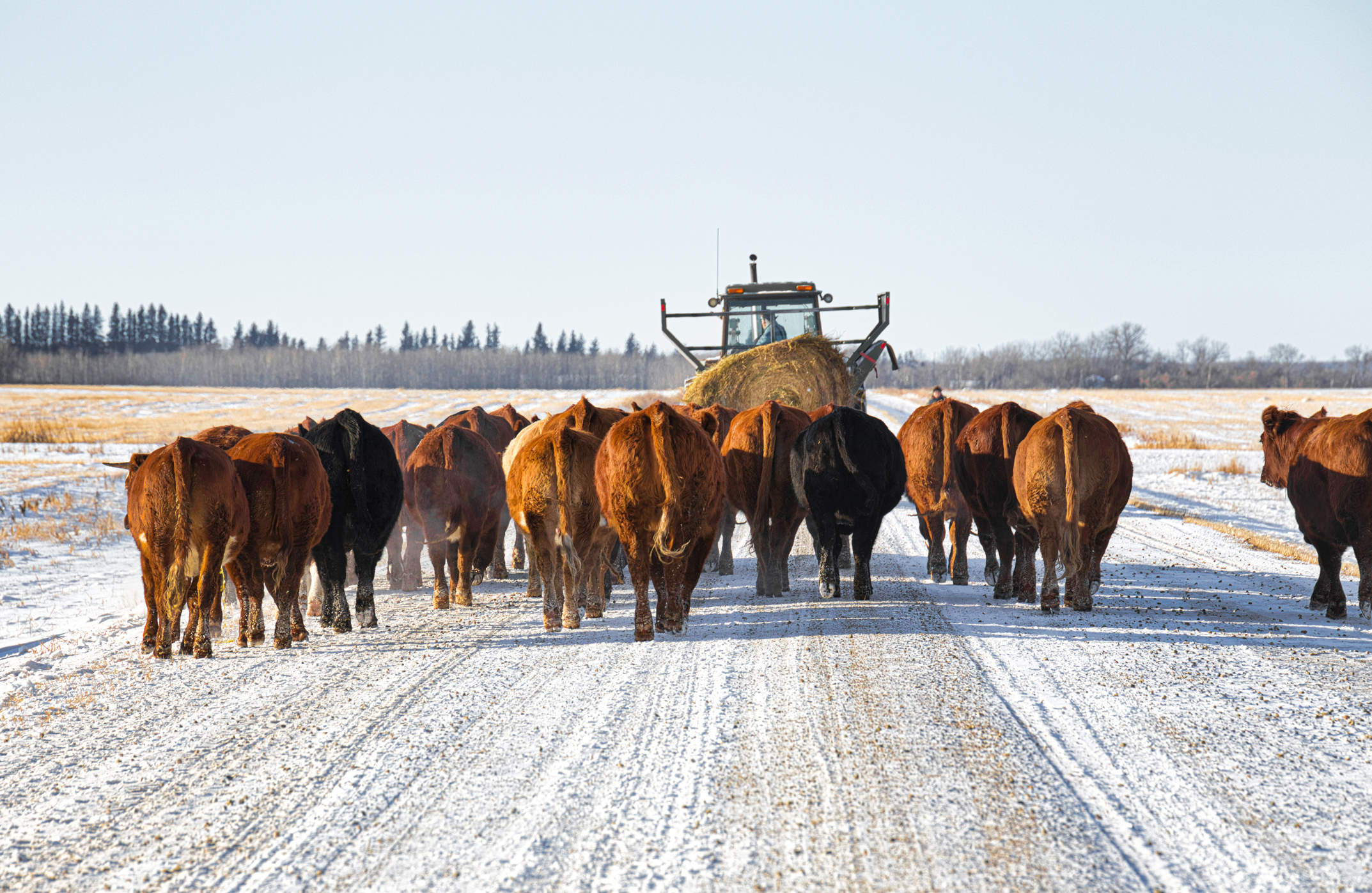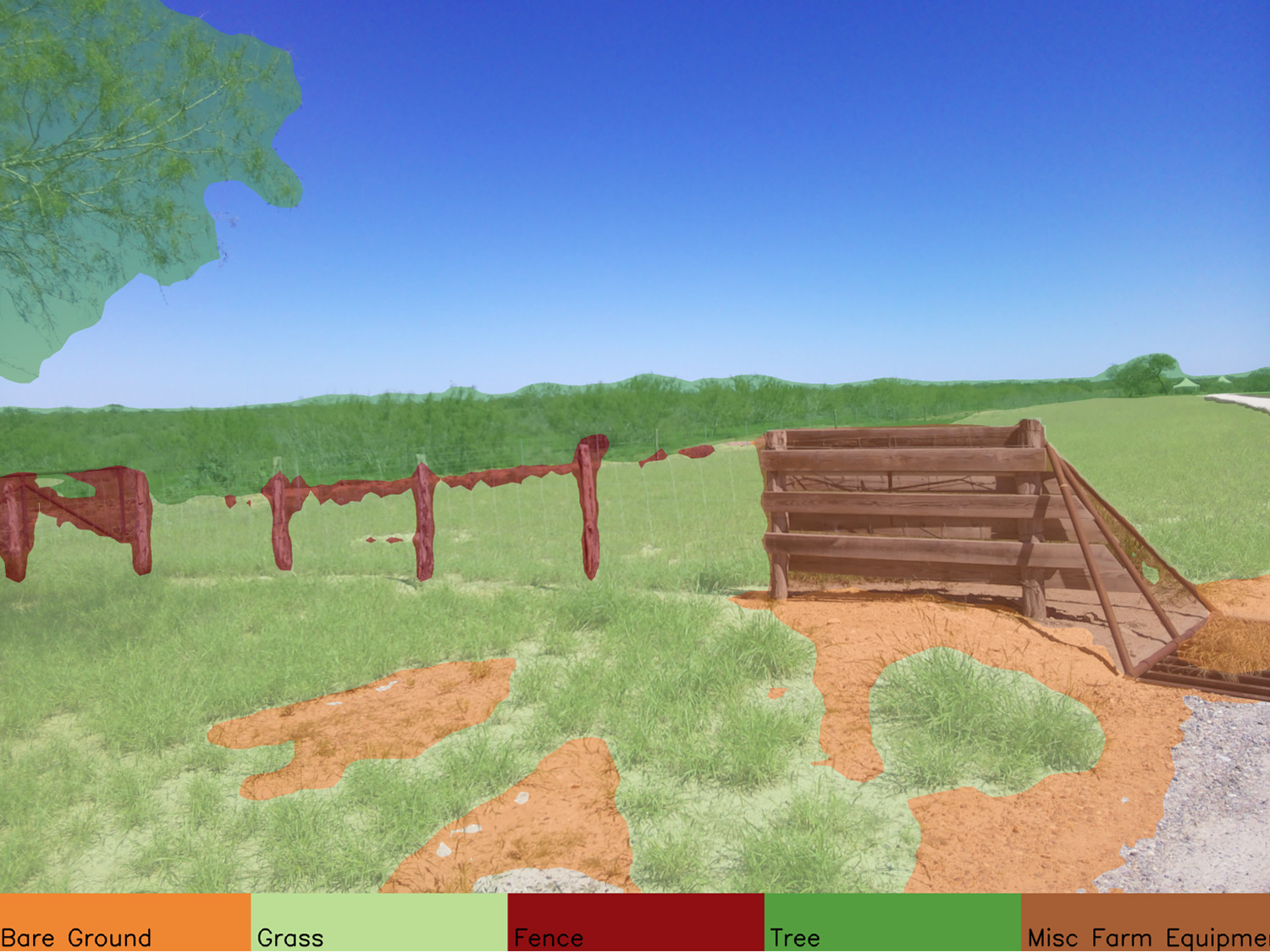Private working lands are the cornerstones on which our nation was built. These lands produce and provide food and fiber to a growing population while sustaining rural economies. They provide many potential conservation benefits, including carbon sequestration, clean water, wildlife habitat and ecological diversity.
These benefits often extend beyond the producers’ fence lines, serving the interests of both landowner and the public. Working lands are able to provide these benefits because land stewardship often goes hand-in-hand with production agriculture.
Stewardship of these lands doesn’t happen without stewards. With over 70 per cent of the land in the United States privately owned, it’s imperative that property owners have incentives to invest in land stewardship and their own ethic.
Conservation needs to make economic sense to landowners. Property rights, along with functioning markets, are essential tools for getting conservation on the ground.
Stewardship in action: a benefit to the public
“Conservation means harmony between men and the land. When land does well for its owner, and the owner does well by his land; when both end up better by reason of their partnership, we have conservation. When one or the other grows poorer, we do not.”
Aldo Leopold, father of land stewardship, noted in a 1939 address, The Farmer as a Conservationist
As Leopold described, it is in the best interest of land owners of working lands to care for the land because they rely upon it for their livelihoods. Landowners’ long-term bottom lines are tied to stewardship principles and practices that balance land sustainability and economic viability. Their conservation efforts, therefore, benefit both the environment and their operations.
Landowners have the power to conserve endangered species, improve water quality and quantity, and stop the spread of invasive species. As we continue to pursue solutions to environmental problems, it is essential to involve working lands and reward landowners for their vital role in privately supplying environmental benefits to the public.
Balancing policy and continued stewardship
Unfortunately, these lands and their valuable role in environmental conversation are under threat. More than one acre of working land is lost per minute to fragmentation and conversion. This loss has implications for natural resource conversation and the ecosystem services provided to the public from working lands.
Often, government policies aimed at preserving the environment are filled with complex regulations unnecessary red tape, and burdensome taxes that undermine property rights and increase the cost of environmentally conscious business decisions on working lands. Functioning free market approaches are essential to incentivizing private land stewardship.
Responsible landowners provide a great deal of public benefit beyond the crops, livestock, timber and wildlife they produce. Will landowners someday be compensated for maintaining healthy watershed conditions which help keep creeks and rivers running clean? Will they be compensated for every acre-foot of water that goes into aquifers beneath their land? Will they be paid for atmospheric carbon that is sequestered in healthy grassland and woodland soils? Will landowners receive payments for maintaining or enhancing biodiversity? There are cost and effort associated with each of these ecosystem services. They do not happen automatically.
Land as infrastructure: a national priority
Keeping working lands working and intact should be a national priority. We should look at land as an infrastructure. A strong infrastructure is critical for our country’s stewardship of our private lands. Effective natural resource management doesn’t rely only on man-made structures to keep physical and natural systems resilient, conserve critical resources and support the economic sustainability of communities.
Effective management also relies on natural infrastructure – healthy, functioning ecosystems that deliver clean air and clean water, support wildlife, sequester carbon, and are less prone to the effects of catastrophic events such as floods and wildfires. Our natural infrastructure should restore critical ecosystems and deliver environmental and social benefits.
Agriculture can lead the way to solutions
With all the obstacles we face, I am still confident that agriculture can lead the way on solutions. Carbon markets can build the foundation to even more positive change and new future ecosystem service markets.
Why, you ask? Carbon markets focus on outcomes of total carbon sequestered rather than paying for a specific practice. We do not deal with ecological issues by practices but by principles of sound active management. With an outcome approach, ranchers have the opportunity to tailor a systems approach of practices to meet their production and conversation goals. They can work with trusted advisors and decision support tools to choose the combination of practices for their acre, pasture, soil type, and more. The approach is also sophisticated, in that ranchers are all driving toward the same climate-positive outcomes, even with individualized and diverse practices.
Leopold was far ahead of his time and often prophetically accurate. Over 80 years ago, he said, “Conservation will ultimately boil down to rewarding the private landowner who conserves the public interest.”
When landowners are justly compensated for the ecological benefits they provide to society, conservation will move forward. Conservation and economics always go together. Rather than calling for policies that force private landowners to produce public goods, we should follow the lead of Aldo Leopold, by reinforcing a land ethic and rewards landowners who engage in private conservation.
— Chad Ellis, Chief Executive Officer, Texas Agricultural Land Trust
